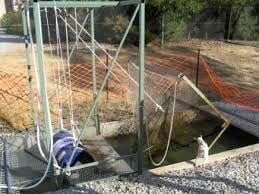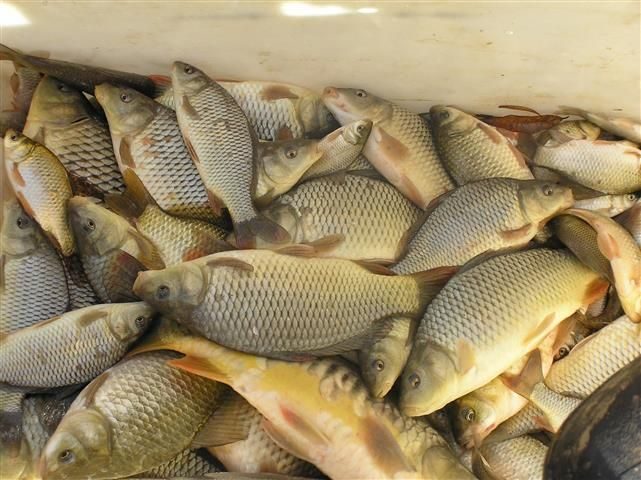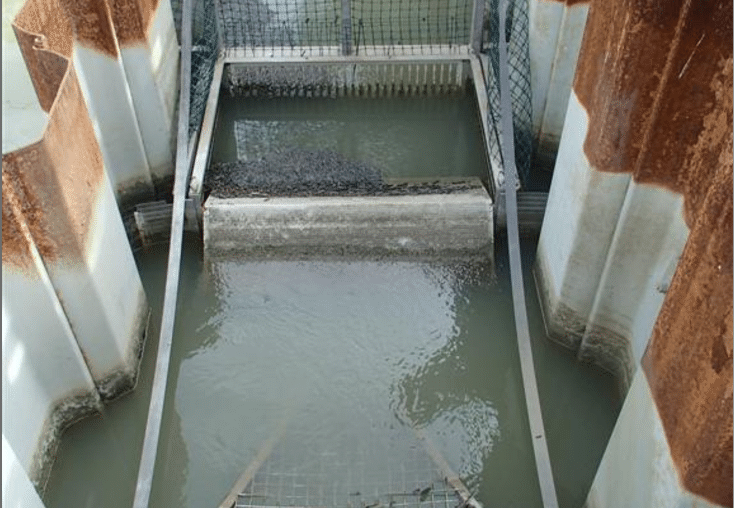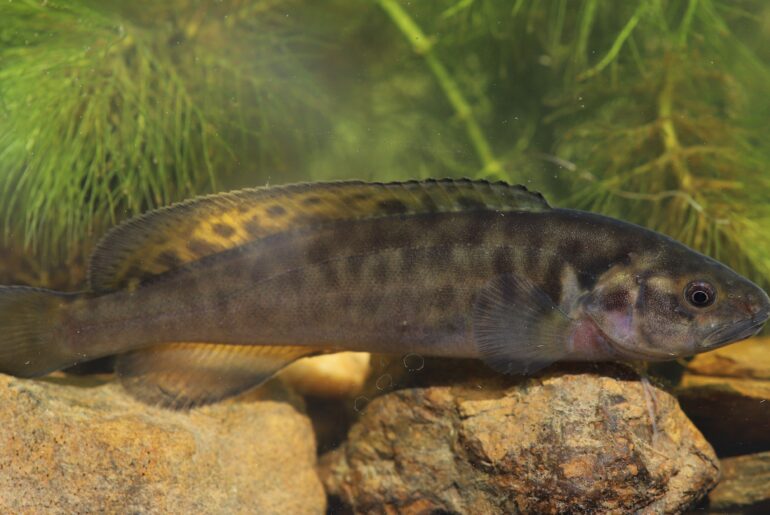The “Sea to Hume” fishway program has seen the construction of fishways at sites along the Murray River from the tidal barrages to Hume Dam. While the primary aim has been to improve passage of native fishes, the fishways will also facilitate the passage of Carp (Cyprinus carpio), potentially providing access to large numbers of this alien species to upstream habitats, including spawning habitats. The William’s Carp Separation Cage offers a way of removing Carp from fishways without significantly impacting on migrating native fishes.

Harvesting of Carp may involve the catching and disposal of many tonnes of Carp at sites like Lock One on the Lower Murray, to much smaller catches at other fishways. The study looked at options for harvesting Carp at fishways along the Murray River with an emphasis on the use of the William’s Carp Separation Cage, together with the ethical and logistic issues associated with the disposal of Carp.

Findings
This report on carp harvesting and disposal is divided into two parts. The first part provides a resource document covering all the issues related to the harvesting and disposal of Carp at fishways. The second part provides summary advice for jurisdictional asset managers who wish to undertake trial harvest and disposal programs. It also provides a detailed program for the coordinated harvest and disposal of Carp at fishways along the Murray River together with a suggested monitoring program. Key findings were:
- Williams separation cages will in most instances be the preferred method of harvesting Carp. Other methods such as trapping, netting or electrofishing below a weir should be looked at where the high biomass of Carp may physically impact on migratory native fishes.
- Harvesting should focus on the migration of pre-spawning adult Carp (about August to December).
- Disposal methods should favour those that use Carp as a resource.
- While the engagement of commercial fishers is desirable, the commercial Carp fishery is only marginally viable, especially in NSW. It is likely that the involvement of commercial fishers beyond high density sites will have to be subsidized or a coordinated program of collection and storage (e.g. freezers) will have to be implemented.
- Other options need to be investigated including burial, cremation and composing.
- Carp must be euthanased in an ethical manner. Currently accepted techniques include the use of anaethetics although with large numbers of fish, an ice slurry may be the only practical method. The report also recommends trialling commercially available percussive stunning machines.
- The report recommends rolling out a coordinated program to harvest Carp along Murray River fishways by expanding within SA based on the Lock One experience and then into NSW. Harvesting should focus on priority sites where high numbers of Carp are present and where fishways will allow access to preferred Carp habitat and potential breeding sites.
Implications for native fish
There is significant potential to harvest Carp at Murray River fishways using the Williams Separation Cage but it must be undertaken without any significant impact on native fish migration. A coordinated program with an appropriate level of monitoring is required. The monitoring should include assessments of the impacts of Carp harvesting on upstream Carp populations and recruitment.
Ethical euthanasia of Carp and cost effective disposal remain issues but there are potential solutions. Approval should be sought from relevant commonwealth agencies for the use of practical destruction measures such as ice –slurries and trials using percussive stunning devices should be undertaken. Trials should also be undertaken using commercially available composting bins at sites where commercial fishing is not viable.



